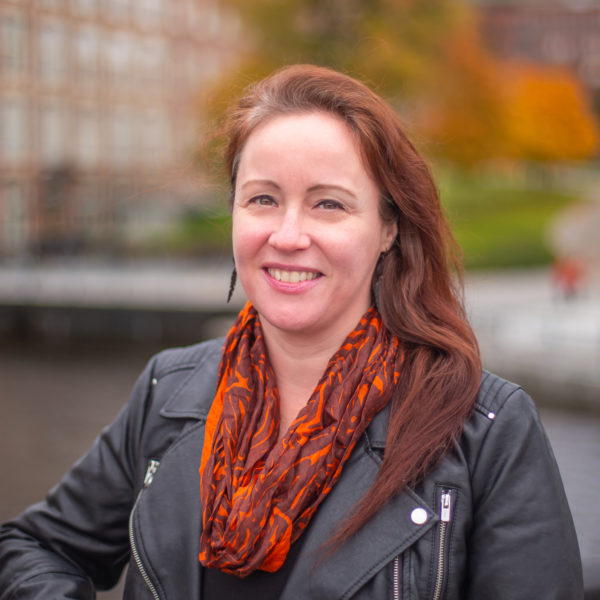Bright ideas and cooperation make material circularity possible
30.12.2021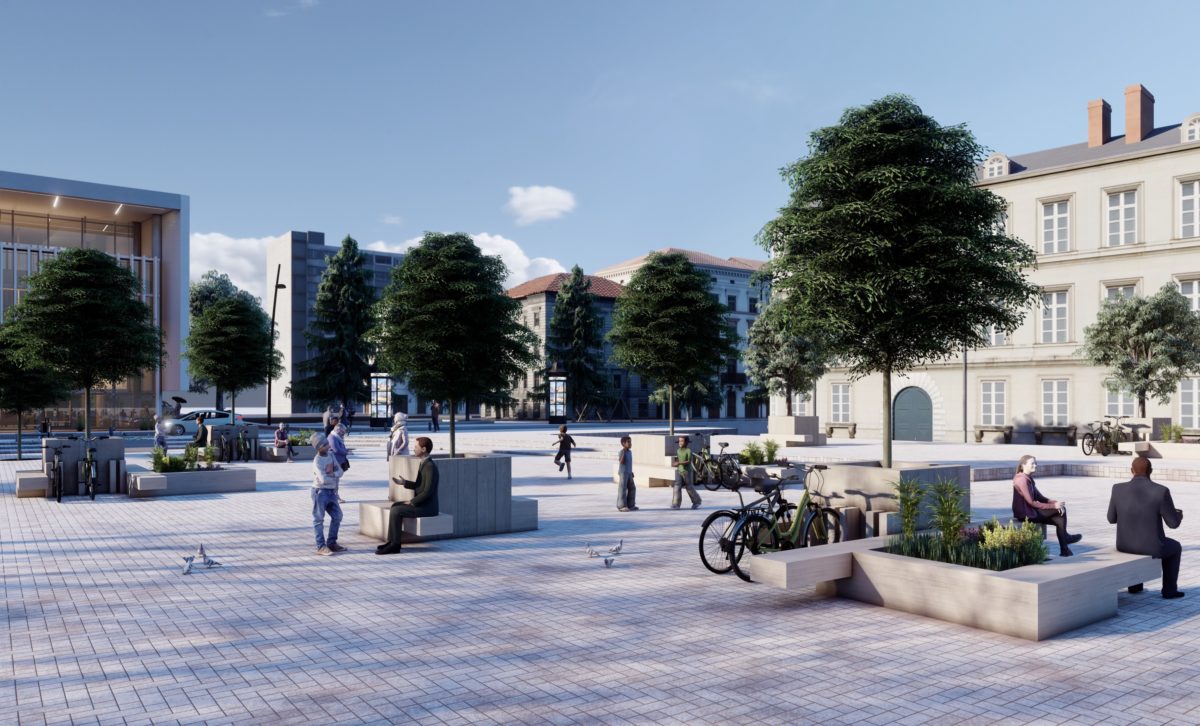
In a circular economy, all materials already in use, such as wood, plastic, and steel, are utilised for as long as possible. When one way of use comes to an end, new ways of utilising them are found, saving virgin raw materials in the process.
Material circularity reduces the emissions from collecting, refining, and disposing materials, and fosters new, local business. Circularity is possible, when there is enough information about the materials and the information stays with the materials, also when they are repurposed. The information can be related to, for example, wood preservatives, defining how the material can be reused. Material circularity is carefully planned already when designing a product or service.
Well-functioning networks are essential for material circularity. To support the Tampere region’s sustainable development Business Tampere has appointed a specialist in circular economy. Material circularity is also a part of the Carbon Neutral Tampere 2030 Roadmap, albeit limited to waste management. Verte Oy’s PirkaCirc project (https://www.verte.fi/palvelut/pirkacirc-hanke/) is also developing bio and circular economy procedures on a regional level for the Region.
Circular economy is also a part of the Climate Partnership project (https://smarttampere.fi/en/become-a-climate-partner-registration-is-open/) where some of the targets set by the companies are related to material circularity.
Tampere has a lot of circular know-how ready for action
Karoliina Tuukkanen wears two hats: one for Tampere City and one for Verte Oy. The latter, owned by the city of Nokia, develops the ECO3 hub (https://eco3.fi/en/), a business area specialising in bio and circular economy.
How far is Tampere in material circularity thinking?
“In Finland, and in Tampere, we have a lot of bigger companies that operate internationally and get strict instructions from the headquarters regarding material circularity. Many smaller companies, however, still lack an understanding of what material circularity and circular economy could mean for their operations. Others already operate in a circular manner, but do not themselves quite realise it,” Tuukkanen says.
Karoliina was also part of the Kieppi project that ended in the autumn 2021. The project focused on developing circular economies in new neighbourhoods, and investigated, among other themes, circularity in the infrastructure industry.
”The interviews with local infrastructure companies clearly show that we have great circular economy know-how in the area. However, the whole industry is dependent on the public sector, and the public sector projects still don’t include criteria for circular economy”, explains Tuukkanen.
Recycled materials need to compete with virgin raw materials
From his position as CEO at the Tampere Region’s waste management company, Pirkanmaan Jätehuolto, Harri Kallio witnesses the current fast development of systemic circular economy thinking in the region. So far, there is more talk than action. The collection of waste is well taken care of, and the refining of collected materials is eagerly being developed, but the recycled raw materials cannot yet quite compete with virgin raw materials.
“We need more intake from the industry, for example in the form of an obligation to mix virgin and recycled materials, as we already do extensively with renewable fuels.
The role of waste management now and in the future is to collect and transport waste in a cost-effective manner. Waste management can, however, have an important role in enabling circular economy, since we already have the know-how and structures.
Our role needs to be clearly defined so that we can plan our long-term operations. As an actor in the public sector, our aim is always to work for the common good. The better materials circulate, the better results for the common good,” stresses CEO Harri Kallio.
It is clear that Tampere needs more actors making a business out of repurposing and refining waste. Fortunately, there are already dozens of encouraging examples out there. Let’s take a closer look at three of them!
Designing for the next hundred years
Design and development agency Aiwoods operates at the heart of circular economy. The globally connected consultancy firm creates technology, processes and services based on the sustainable use of natural resources.
As one of Tampere City’s Climate Partners, the company has entered the concept of repurposing cross laminated timber (CLT) as their 2021 climate act.
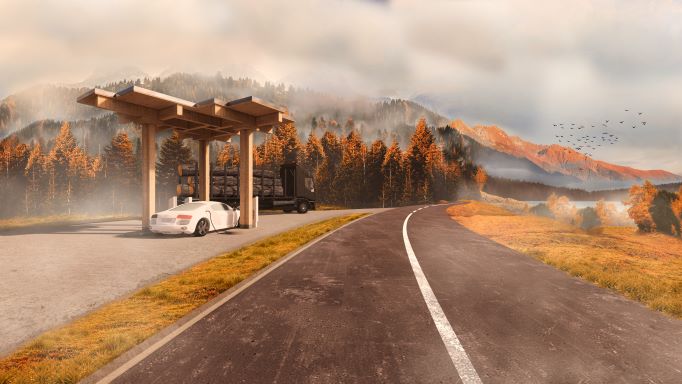
”Our core skills are utilising data and building bridges between businesses and demands. Data helps us manage and direct material streams. In this case, we can reuse surplus material as benches, planting containers for trees, or as solar energy charging stations. Our data shows us the life cycle of the wood, possible uses elsewhere, and how the material stream is connected to other demands. Traditionally this excess material has been processed into wood pellets. Our concept saves solid wood as elements that can be reused seven times, capturing carbon all the while,” says CEO Jari Saukko.
Tampere provides a great environment for developing circular business.
”The city’s own climate budget sets concrete goals for the companies. Tampere’s climate budget sparks a lot of conversation in our international networks and appears as very progressive internationally
Sorting waste at smaller construction sites
Construction company Asua Group, specialising in reparations and indoor air, is currently piloting a new, efficient way of sorting and collecting waste at small construction sites.
The concept replaces a mixed waste container with separate bins for metal, glass, plasterboards, and wool. Transportation to and from the site, and calculations – made by the company Vammalan Hyötykeräys, showing the carbon footprint of the waste management – are also included in the concept. Moreover, the carbon footprint is compensated through the Reforest initiative.
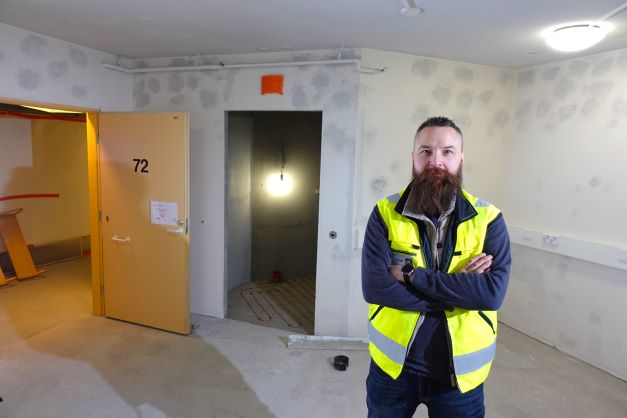
“A sensible, cost-effective way of collecting sorted waste from construction sites for reuse and recycling has been missing. Many companies find themselves stuck - we provide a solution.
Now the builder pays a waste management fee of 1000 - 2000 euros for a mixed waste container. The waste firm then mechanically combs through it to find recyclable material. With our concept, the payment immediately drops to half of that amount. For plastic – often found in ample amounts in wrappings – you can even get a refund. Sorting becomes cheaper, and we get to reuse and recycle the materials,” explains CEO of Asua Group Jarno Hämäläinen.
Railway ties keep solar power plants in place
Solar power plant producer Solarigo Oy has also been creative and started repurposing railroad ties.
”We work with large solar power plants. Here in windy and snowy Finland many demands are placed on the groundwork and base structures of the plants. The plants are typically anchored to the ground with big concrete beams, but we have started to repurpose concrete railway ties after they are taken out of use. Instead of using concrete – or actually cement – which has a large carbon footprint, we can now repurpose these elements and be carbon neutral on this point,” explains Development Engineer Roope Raisio.
By switching materials, Solarigo decreased its carbon emissions by 63,000 kg last summer. The pilot project was carried out in connection with the installation of a solar power plant at the rock factory Seepsula, with great results.
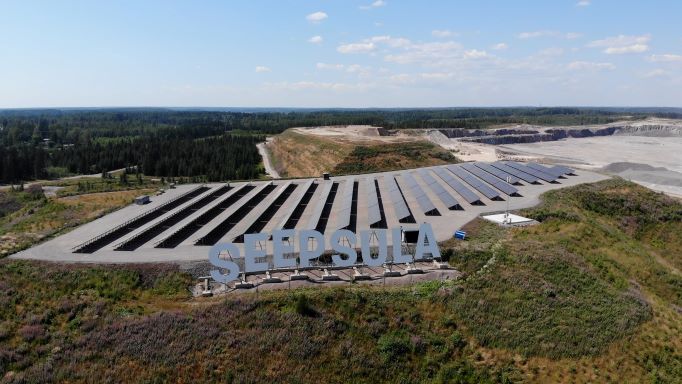
“The pilot project was effortless and caused no additional expense, while the carbon handprint is significant. Encouraged by this, we’ve started to use rubber mats made from old car tyres to protect the surface of the roofs, when installing solar plants there. Of course, our whole business is one big climate act – we help our customers reach their emission targets, and with initiatives like these, we show that we are also walking the walk ourselves,” says Sales Director Olli Pekka Purhonen.
Municipalities push circular economy forward
More and more new companies base their business on circular economy. But climate change is slow to stop and more volume is needed, quickly. For this purpose, either the carrot or the stick can be used.
”The legislation that drives circular economy – the stick – will only get stronger. On the regional, local and EU level. The carrot comes in the form of the many opportunities for funding and the enormous business potential of circular economy.
The role of the municipalities is extremely important. As large procurers they can take a disruptive role and shake up old patterns. Both the Kolmenkulma and the ECO3 circular economy area are good examples of this in the Tampere Region. The municipalities bring different parties together, who can find added value in each other,” Karoliina Tuukkanen sums up.
Solarigo repurposes old railway ties for anchoring solar power plants to the ground.
